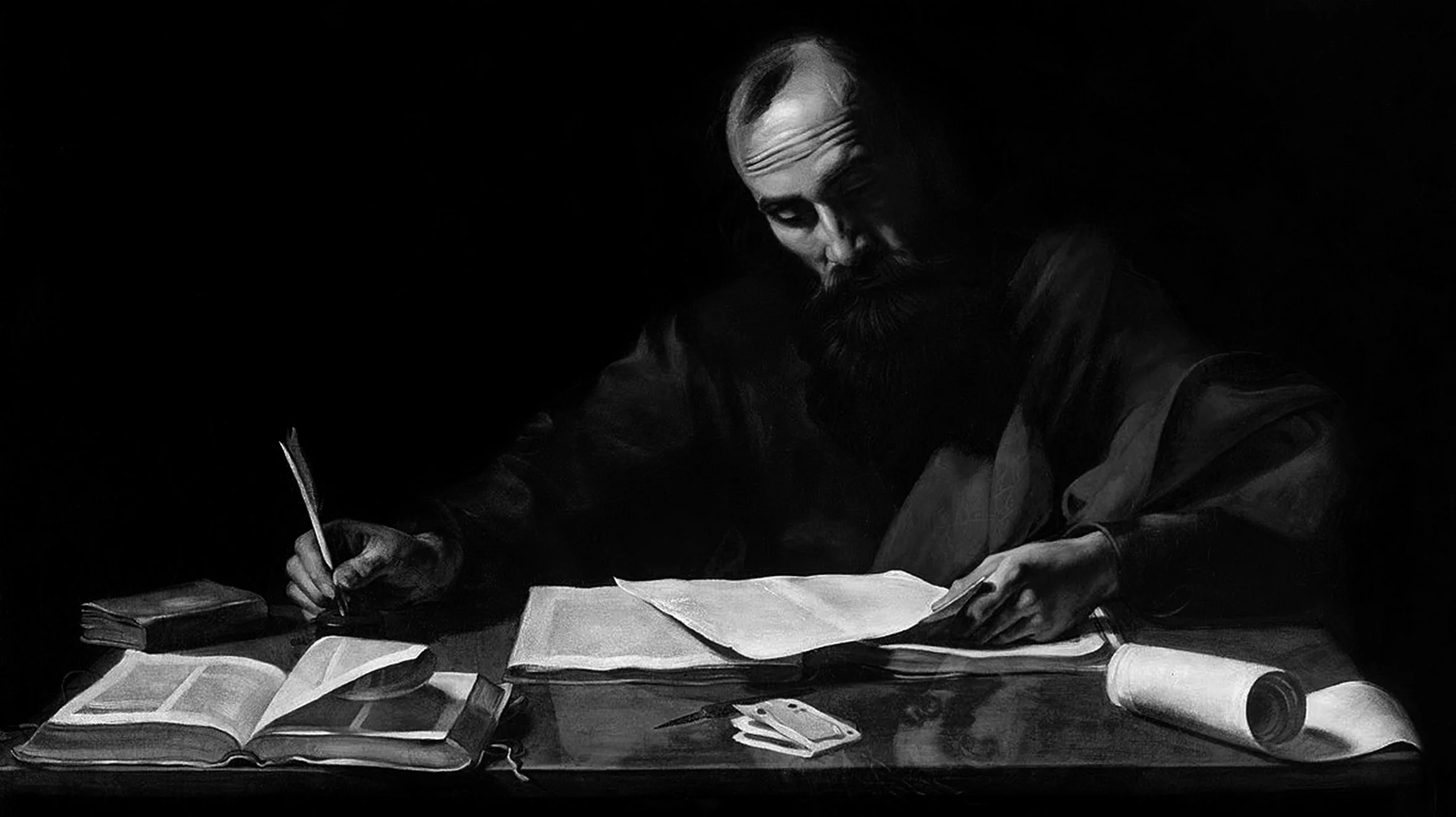What is it, I wonder, that drives a musician to learn to play? It’s an intriguing question; one that has always fascinated me. I remember, when my brother and I were boys, doing what all kids of our age did when we heard the hit record of the day – we pretended to play the piece as if we were the stars of the show. Now, it’s called ‘Air Guitar’. Still do it today, when Hank Marvin strikes up the first few notes of Apache! But that wasn't the reason. It's because music has a direct connection to our emotions and so has such an profound effect on us. Albert Einstein understood the relationship we have with music. He once said "If I were not a physicist, I would probably be a musician. I often think in music, I live my daydreams in music. I see my life in terms of music.... I get most joy in life out of music."
acquiring my first guitar
Other than a brief flirtation with the violin at school and dabbling at my Grandmothers’ pianos whenever we visited them, it wasn’t until I started work that I was able to buy my first instrument. A sixteen year old engineering apprentice earned just £3.50 a week in those days, out of which you had to pay for food, lodging and rail fares to London. It didn’t leave very much, so it took way too long to save six guineas (that’s £6.30) to buy the sunburst, steel strung, Selmer acoustic guitar from Francis, Day and Hunter’s music shop in London’s Charing Cross Road, one dark and rainy December night.
It didn’t last me long, but it got me started, and like many aspiring Hank Marvins, I worked my way through Bert Weedon’s Play in a Day book and graduated, eventually, to John Pearse’s Folk Guitar course before I outgrew it and, anyway, the neck had started to warp.
By then, I’d seen its replacement in a local shop, which I financed on (ahem) 'Hire Purchase', only to find that I couldn’t afford the payments, so it had to go back. A year or so later, it was followed by another sunburst wonder, a Hofner dreadnought, bought new from a long since vanished music store in London’s Moorgate. This was the guitar that helped me start playing Bluegrass music. There’s an another post here that shows a friend of mine playing it while I’m hacking away at a double bass.
The Hofner was an inexpensive, factory built, laminated top / plywood back and sided stock guitar typical of the day, but all I could afford. It lasted well and I played it at many folk club spots until it was obvious that I needed something with more carrying power, that didn’t get drowned out by the 5 string banjo solos.
Along came an Epiphone dreadnought copy, built in Japan, but by the time it arrived, I had left the Bluegrass band (to earn a living) and was moving on to British traditional folk music of the sort popularised by Martin Carthy and Nic Jones, and also aspiring to play fingerstyle guitar ala John Renbourn, et al.
By now it was 1971 and I was teaching guitar students in the evenings for extra money. I’d also formed an Accapella folk group with two student friends, and to go with the English traditional songs we had worked up a few hard driving acoustic instrumentals which went down really well in our club spots. It was then I decided to brave the ‘big purchase’ – my first quality guitar.
my genuine, c.f. martin guitar
Having stared through many a music store window over the years, I thought it was time I took 'the plunge'. My playing was coming along well and I felt I could do better with a quality instrument. So I plucked up the courage and went to Rose Morris, in London’s West End, many times until finally buying a Martin D28.
It was a stunningly beautiful instrument made of the finest tone woods and staggeringly expensive at over £2,000! In the early seventies that was an enormous amount of money, and yes, you guessed it, after a week I was suffering the most dreadful buyer’s remorse and took it back to the store feeling guilty beyond words for having been so extravagant. They were very understanding and, eventually, restocked it - for a fee, of course!. That was a day I have never forgotten. It was the beginning of a very long journey though. One that still continues today.







